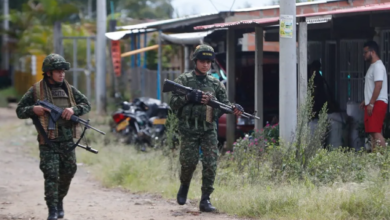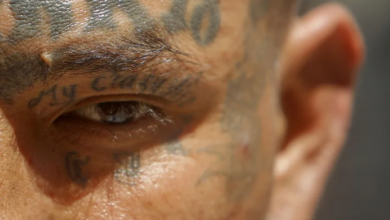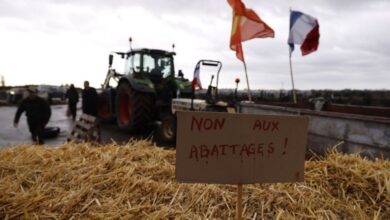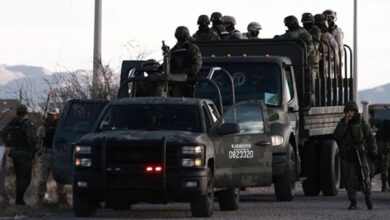Crime and Ruin: The Hidden Costs of South American Gold
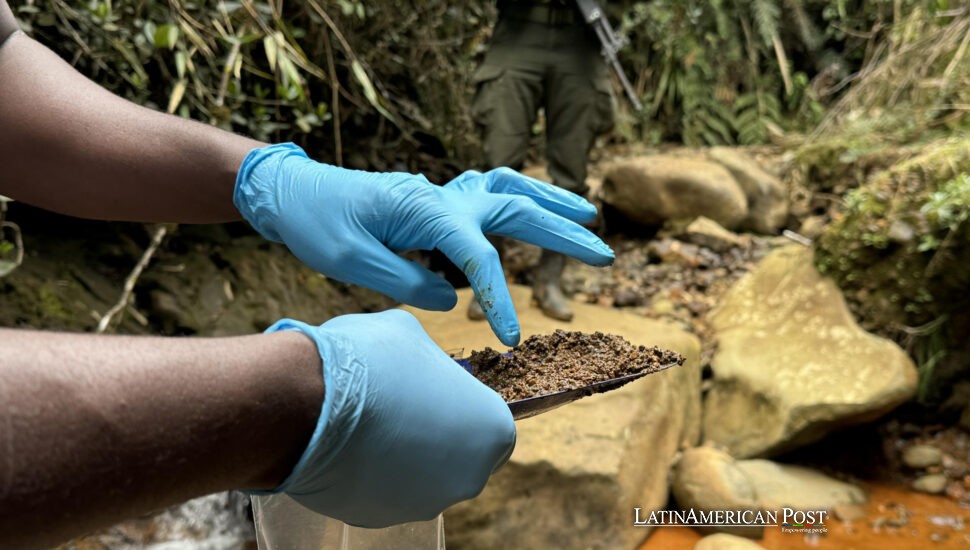
Gold demand drives an underground economy across South America. Criminal operations besiege communities from Peru’s jungles with lost trees to Ecuador’s Amazon in conflict. A high gold price against the law takes a deadly toll as environmental destruction increases.
The Spread of Illegal Mining Across South America
Illegal gold mining has emerged as a dominant threat to security, governance, and the environment throughout South America. While the crisis is particularly grave in Peru and Ecuador—where entire regions teeter on institutional collapse—other nations like Brazil, Colombia, and Guatemala also grapple with violence, environmental destruction, and an erosion of state authority. With its robust regulatory systems, only Chile has largely shielded itself from this illicit onslaught.
Gold’s rapidly increasing price in global markets attracts organized criminal groups. Those groups destroy forests, put mercury into rivers, and terrorize local people to get a piece of the profitable trade. Weak enforcement dishonesty, combined with poverty in rural areas, increases the problem. This pushes governments near collapse.
Peru’s Worsening Crisis
Illegal mining grew quickly in Peru. Results are precise in areas such as La Libertad and Madre de Dios. A recent killing in Pataz, where thirteen security workers died at a mine, shows the cruel methods used by criminal groups. The groups seek control. Since February 2024, La Libertad is in a state of emergency. This shows violence increased to a level local police cannot handle.
At the same time, Madre de Dios, a region with widespread illegal mining, suffered deforestation of over 100,000 hectares of forest. An essential substance in unregulated gold removal pollutes rivers and soil, causing serious harm to native communities. Those communities often have too little access to proper medical care, a situation that leaves them susceptible to mercury poisoning and the lasting health problems it causes. Kidnappings, as well as extortion, victimize small miners plus laborers. This shows a widespread failure of law and order in areas where the government has little presence.
Illegal gold exports add to this disturbance. Specific calculations show that 44 % of unlawful gold departing South America comes from Peru. It surpasses other countries by a large margin. Without good checks and balances, mafias create territories under their control in far-off areas. They rule over mining camps lacking regulation and frighten the population. Shadow economies damage state legitimacy. They move money into criminal activities. Societal norms break down in communities once peaceful.
Ecuador on the Brink
South of the Peruvian border, Ecuador faces an alarming surge in illegal mining. Regions such as Alto Punino, Yutzupino, El Chical, and Camilo Ponce Enríquez have become epicenters of a violent contest among groups like Los Lobos, Los Choneros, and former FARC dissidents. The country’s federal authorities are often outmatched by these well-armed factions, who treat mineral-rich areas as personal fiefdoms.
When an ambush by the Comandos de la Frontera recently left eleven soldiers dead in the Amazon, it threw into stark relief how dangerous these groups have become. President Daniel Noboa responded by declaring a state of emergency in multiple municipalities and the province of Orellana, effectively suspending constitutional rights to enable more aggressive policing and military operations. Yet progress is slow, and the environmental toll continues: in Alto Punino alone, around 1,500 hectares of forest have been destroyed since 2019.
Attacks affected local governance. Mayors in Camilo Ponce Enríquez and Portobelo died in 2024. These deaths show criminal syndicates target officials. Those officials create problems for syndicate profits. Through infiltration of regional power structures, the groups use legal loopholes. In this way, they stop any real oversight. Meanwhile, indigenous and rural communities are left to navigate polluted waterways and the constant threat of armed violence.
Regional Havoc in Brazil, Bolivia, and Colombia
Beyond Peru and Ecuador, illegal gold mining wreaks havoc elsewhere in South America. In Brazil, the “narcogarimpo” phenomenon has brought the country’s most notorious criminal factions, the PCC (Primeiro Comando da Capital) and the CV (Comando Vermelho), deep into the Amazon. They launder drug money through mining, establish strongholds in remote jungle areas, and even commit human rights abuses against indigenous populations like the Yanomami.
A humanitarian crisis unfolded in Roraima in 2024, where 337 Yanomami died from preventable conditions such as malaria and malnutrition, exacerbated by the collapse of local healthcare. While the Brazilian government launched over 3,000 operations to evict illegal miners, the entrenched influence of criminal gangs makes any lasting resolution incredibly challenging.
In Bolivia, the lush Amazonian rivers also host extensive unregulated mining. Criminal outfits operate in biodiversity hotspots like Madidi National Park and on indigenous territories, tainting waterways with mercury. An alarming 74% of residents reportedly have mercury levels exceeding the World Health Organization guidelines. The pollution harms community life. Fish are an essential food in the communities. Pollution causes serious health problems, social difficulties, and economic hardship. The use of children for work and sexual exploitation also makes the situation worse.
Meanwhile, Colombia grapples with an intricate patchwork of guerrilla groups, paramilitaries, and organized crime cartels—such as the ELN, FARC dissidents, and the Clan del Golfo—battling for control over illegal gold. Over 70% of the country’s alluvial gold production is classified as unlawful. As gold prices rise, local populations in areas like Chocó, Antioquia, and Nariño face displacement, pollution, and violence. The interplay of extortion, money laundering, and territorial control underscores how these criminal networks have established elaborate, entrenched systems that resist easy dismantling.
Although on a smaller scale, Guatemala has registered a spike in unauthorized mining. As documented by government records, the year 2023 saw 105 instances of operations conducted without the required authorization. Most of them were found in the central and western parts of the country. Because resources are not enough for environmental law enforcement and because those who violate the law are not always penalized, Guatemala faces the risk of a very serious problem.
Chile’s Exceptional Shield
Chile is different due to this regional instability. Its mining sector, which accounts for 12 % of GDP, has strict rules. The country’s National Geology and Mining Service (Sernageomin) has thorough inspection plans and a full traceability system, which complicates the undetected passage of illegal gold. Cases of unauthorized mining are rare, and when they do occur, they are more often tied to theft at legitimate mines rather than large-scale, unregulated operations.
Chile’s institutional approach also includes reduced mining fees for small-scale operators, incentivizing legal activity, and lowering clandestine ventures’ appeal. Export controls and administrative checks deter criminal infiltration. Framework stability shows coordinated governance, vigorous policy enforcement, and transparent oversight to stop illicit mining in a region under pressure from such activities. With coordinated governance and vigorous policy enforcement next to transparent oversight, one can halt illegal mining in a region under pressure from such activities. The framework’s stability shows this is true.
Also Read: Battered Favela Fights “Environmental Racism” As Brazil Readies For COP30
From the snow-capped Andes in the south to the lush Amazon basin in the north, South America presents a stark contrast between nations overwhelmed by illegal mining and a solitary success story in Chile. With gold prices rising worldwide, the stakes for communities, governments, and ecosystems are only growing. Without coordinated, region-wide efforts to combat and curtail criminal networks, the toll—human, environmental, and economic—could become irreparable.

